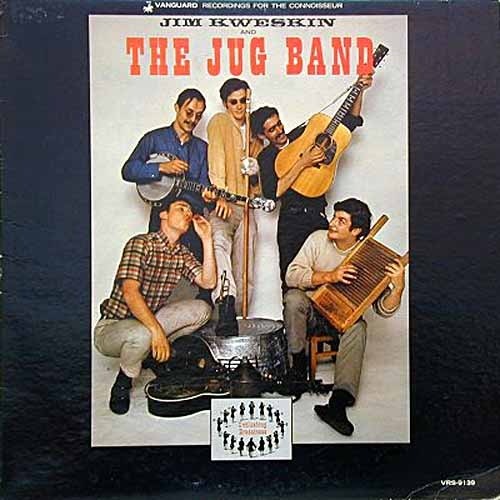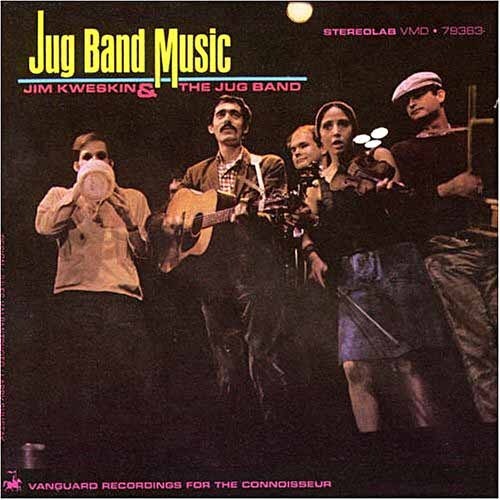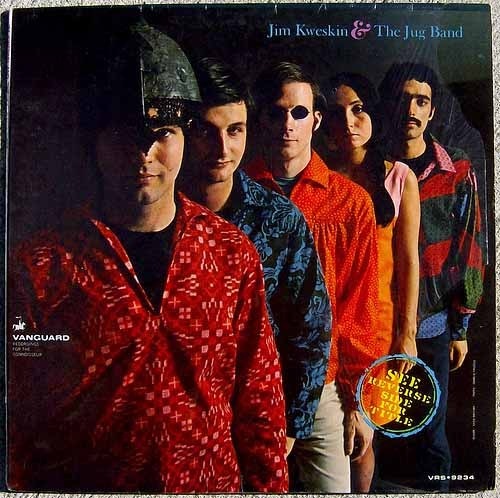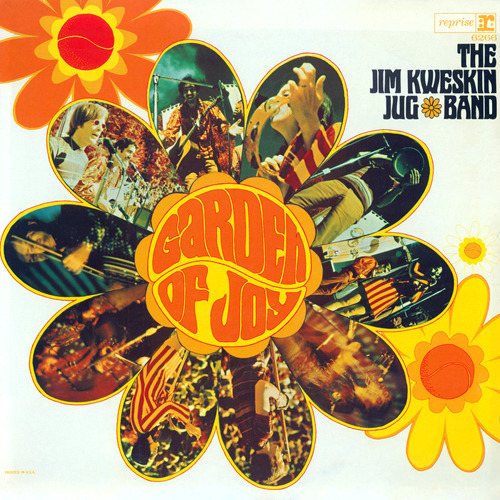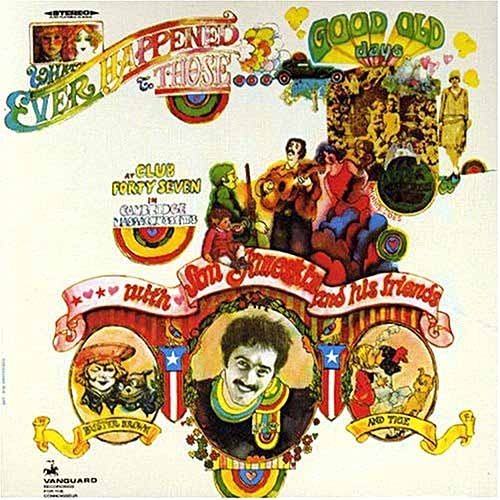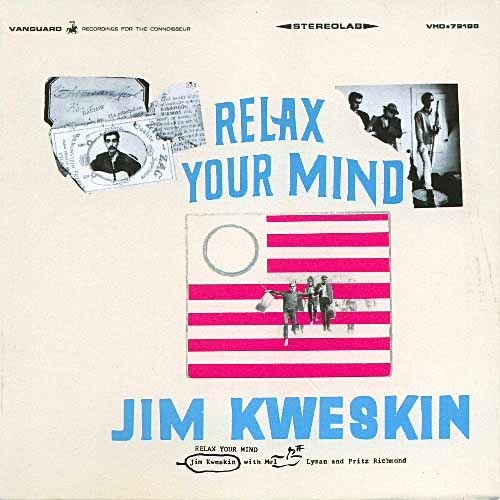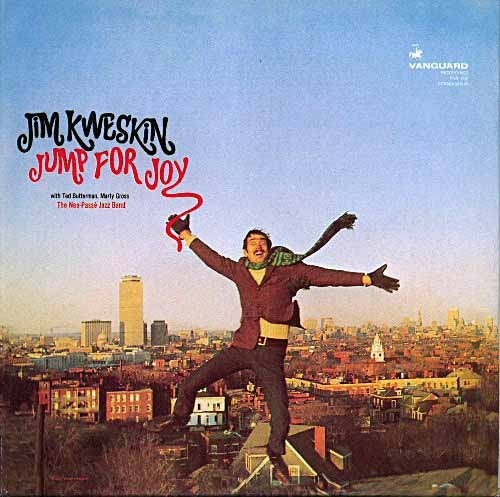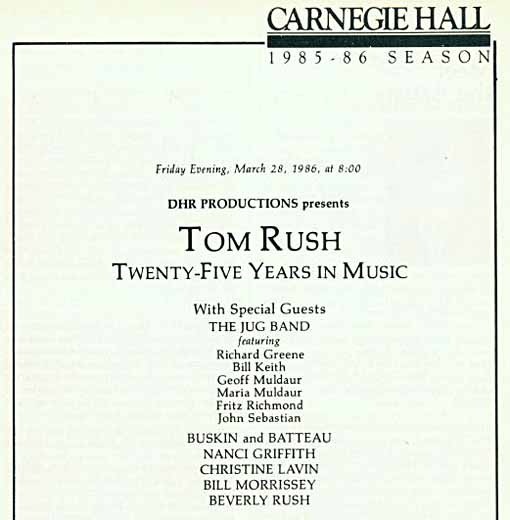Todd Klein's Blog, page 353
March 3, 2011
And Then I Read: GREEN LANTERN 60
Images © DC Comics, Inc.
This issue begins with a handy one-page recap of "Blackest Night" and the beginning of "Brightest Day." Handy for me, who found those stories confusing at times. Now, if only this had been available sooner…! It also places Parallax in context. I wasn't reading the GL books when the original Parallax storyline was running, so while I have an idea of what it's about, this was also helpful.
Here's that page. Then we're ready to get on with the current story, where Parallax has taken over The "Barry Allen" Flash, a pretty daunting combination of malice and speed! For the first time in a while, I thought Hal Jordan had met his match. It's an exciting action scene with a nice psychological edge.
Then the mysterious robed and bandaged figure that's been lurking in the background for some time now shows up, and many more interesting things are revealed, including exactly who he is.
This is a great issue, Geoff Johns at his best. The art by Doug Mahnke with a platoon of inkers is also terrific, as are the colors and letters by Rod Reis and Nick Napolitano, respectively. GL is firing on all cylinders, as he should be in prep for his big screen film coming along soon. Recommended!
March 2, 2011
And Then I Read: BRIGHTEST DAY 13
Images © DC Comics, Inc.
Most of this issue focuses on Hawkman and Hawkgirl on Hawkworld, a very dark version of the latter, and in part it's a history lesson, going back to the characters' Egyptian origins. Now, it's my age speaking, but even though I read and enjoyed the HAWKWORLD series, I still think of these two as those museum experts from Thanagar, the Silver Age version, so the whole Egyptian storyline seems rather foreign to me. And the fact that Hawkgirl's mother is in charge of Hawkworld is even more confusing. Essentially this book is fighting, posturing, melodramatic speeches, some torture, leading up to an elaborate plan by Mom, now calling herself Queen Shrike, to get herself back to Earth. I don't know, it all seems overly complicated and contrived to me. And the plan apparently takes her not directly to Earth, but into the Green Lantern books.
The team art by Syaf, Reis and Prado is fine, and there's only one inker this time, Vicente Cifuentes, who probably helps give them a cohesive look. It's all very dark, in color and in tone, and it seems "Brightest Day" has lost its glow.
Mildly recommended.
March 1, 2011
And Then I Read: THE FLASH 6
Images © DC Comics, Inc.
This issue wraps up the second Barry Allen returned storyline, the first being in the miniseries where he returned, of course. It's a storyline involving two Flash Rogues Galleries, one from the present and one from the future, and with time travel involved, things are bound to get complicated. Geoff Johns does a good job of keeping things straight in the wrap-up, explaining where necessary, but not filling the pages with tons of text. The true villain behind the trouble both Barry and his wife Iris have gotten into is revealed, and his motivation, while twisted, makes sense in a villainish sort of way. Barry's appearance before a judge in the future is rather odd, particularly when the judge is completely masked the whole time, but it does allow him to figure things out and what to do about it.
While there are some talky bits, there are also plenty of fine and exciting action scenes, all drawn beautifully by Francis Manapul. I love the style he's using on this book, it feels so much more natural than most superhero comics, but none of the drama is lost. Great stuff all around, and while Brightest Day is on the cover, it doesn't seem to have any real impact on the story, except perhaps on the very last page. Recommended.
February 28, 2011
And Then I Read: MADAME XANADU 29
Images © DC Comics, Inc.
Last issue, sad to see it go, I've enjoyed this series. For this finale the original art team of Reeder and Friend are back, and the cover by Mark Buckingham isn't bad, either. Matt Wagner's job here was to tie up loose ends, and feed his story's timeline into what longtime readers already know of Madame Xanadu from her initial appearances in the 1970s and beyond, and he does both those things well. I was kind of surprised to see one of the characters from the just finished story arc, now taking the role of Xanadu's apprentice. It's the sort of thing one might do if there were going to be more stories,, so perhaps there will be somewhere. One last visit from The Phantom Stranger, Xanadu's frenemy, a nice visual description of what her abilities are all about, some problems and solutions, and we're done. Nicely handled.
Amy Reeder's strong suit is the depiction of attractive young women, and her Xanadu is stunning, has been throughout her time on the series. Other characters don't always strike me as equally effective, especially the older ones, but there's no denying she's a major talent, and I'm sure we'll see lots more of her work in the future. In fact, she's slated to draw some issues of BATWOMAN that I'll be lettering I believe.
This entire series is recommended, but of course, you'd want to start from the beginning if you're not reading it already.
February 27, 2011
Podworthy: THE JIM KWESKIN JUG BAND
When I started listening to and buying folk music albums in the 1960s, one of my favorites was this group, shown above on the cover of their first album. Unlike much of the folk music movement of the time, Kweskin's group seemed to be having a lot of fun, and much of their music had a lively enthusiasm and a sense of humor that appealed to me. Even the instruments were entertaining. In addition to guitars and banjo, they used traditional homemade instruments like washtub base, jug, washboard and kazoos. The sound was inspired by the original jug bands recorded in the 1920s, I believe, on 78rpm records, though I have never had the chance to hear any of those. Kweskin also drew from other traditions: blues, ragtime, music hall favorites, popular songs of the 30s and 40s, even a few from the 50s. I'll link below to an Amazon site where you can listen to samples. I'd recommend "Crazy Words, Crazy Tune" as a good example of what the group was all about: fun, irreverent, funny, but excellent musically.
Kweskin was originally playing solo in the Boston area folk clubs and coffee houses, often partnered with Fritz Richmond, who became a virtuoso on the washtub bass and jug, with other players joining in randomly. Someone from Vanguard Records heard them at a club and asked Kweskin to sign his "group" to a record contract. Kweskin replied that there was no group, but give him a few months and there'd be one. Kweskin gathered Geoff Muldaur, a fine blues singer with a clear, high tenor voice, and banjo player Bill Keith. Other early members were Mel Lyman, usually on harmonica, Bruno Wolfe and Bob Siggins. They dropped out and were replaced by Maria D'Amato on vocals and fiddle—later Maria Muldaur, shown on their second album cover above. With this second album the group got tighter, and the vocals became even better. Kweskin's own voice was perfect for the uptempo numbers: loud and emphatic with a cutting edge that stood out well over loud instruments, while the Muldaurs were both fine blues singers, great on ballads and blues. Maria also had a clear, high soprano when needed, and was good on the kazoo.
The group's third rcord, "See Reverse Side for Title," is to me their best, taking all they'd accomplished so far and kicking it up a notch. I beleive that's Richard Greene in front, followed by Geoff Muldaur, Fritz Richmond, Maria Muldaur and Jim Kweskin. As you can see, they were becoming influenced by the times, with colorful attire and on this record some hippy-sounding arrangements and songs. The group was playing larger venues like the Fillmore West in San Francisco now, and doing quite well.
For their fourth album the group signed to a new label, Reprise, part of the Warner Brothers family, and seemed poised for even bigger things when Kweskin decided to disband the group. The album is uneven, with many good songs, but also a few that miss the mark for me. It became their last as a group, though Reprise kept both Muldaurs on the label, and they both went on to long solo careers, each having one big hit. Maria's was "Midnight at the Oasis," and Geoff's was "Brazil" from the soundtrack of the film by Terry Gilliam. Both continue to record today, and Geoff in particular has made some fine music. Kweskin resurfaced in the late 1970s as a solo artist on small labels, continuing to record occasionally. His solo records are pretty good, but never reaching the heights attained in the group. Fritz Richmond played in small bands and became a sound engineer, occasionally touring with John Sebastian and others. No one else ever came close to his abilities as a jug player. Sadly, he died a few years ago. Bill Keith continued to play banjo with bluegrass bands. Richard Greene joined the rock band Seatrain, and went on to be an in-demand player in a variety of styles, and is still playing today.
There are several other Kweskin albums on Vanguard that are worth listening to, like this one, from the pregroup club days…
…and this one with just Fritz and Mel Lyman. Both have quite a few songs I like, and a few I don't care for.
Kweskin also did this album with the Neo Passé Jazz Band, and it's quite a good listen, pairing Kweskin's music hall style vocals with a larger band, including horns. I like it a lot.
I never got to hear the group perform in their heyday, but did hear all but Kweskin play together at this Carnegie Hall concert in 1986, with everyone sounding great and John Sebastian filling in for Kweskin, who apparently didn't want to be part of it. I also saw Sebastian live with Fritz Richmond and Geoff Muldaur in the 90s, another fun show, when Sebastian was touring with his "J Band," and doing a lot of jug band music and blues.
Nearly all the songs on these albums are on my iPod, except for a few on "Relax Your Mind" and "Club 47," and one long shaggy-dog story on "Jump For Joy," which isn't really a song anyway. Ellen calls it "corny music," but I love it.
February 25, 2011
And Then I Read: FOREST OF THE PYGMIES
© Isabel Allende, cover art © Cliff Nielson.
This is the third book of a trilogy about Alex Cold, his grandmother Kate, and their friend from the first book, Nadia Santos, and it's their third adventure and third continent. I previously reviewed "City of the Beasts" and "Kingdom of the Golden Dragon." Kate is an explorer of sorts, working as a reporter on expeditions to seldom-visited or unknown parts of the world, and her companions are along again for the adventure, this time in the heart of Africa.
I wasn't sure if I would like this book as well as the first two. It's the shortest of the three, and Africa doesn't have the same resonance for me it once did because of the many wars and social upheavals there in the past few decades, not to mention the rapidly disappearing wildlife. I had to wonder if I could be convinced there really was any unexplored territory there to find adventure in, but the author succeeded in making it work for me by not dodging those issues, and instead incorporating them.
The area the explorers find themselves in, as the title suggests, is home to Africa's pygmies, but also to a vicious warlord who has enslaved and taken control of the pygmies by capturing and holding their women and children, and the other non-pygmy natives are equally under his thumb, with the help of some well-armed mercenaries and a powerful magician. With the explorers is a missionary coming to investigate the disappearance of fellow missionaries in this same area, and only the fact that Kate is a persuasive talker keeps the group out of trouble at first. Soon, though, Alex and Nadia are off in the jungle with the pygmies, learning their ways and encouraging them to revolt against the evil warlord. With Nadia and Alex's totemic animal spirits to help, the local wildlife seems ready to join the battle, but there are many twists and turns in this exciting story, and the journey everyone involved must take is a complicated one.
I liked this book as well as the first one, perhaps a little more than the second, but all are good reads and recommended. They're an interesting combination of thriller and nature story with a dollop of new age fantasy/magic.
February 24, 2011
Rereading: TIME FOR THE STARS
© Robert A. Heinlein estate, illustration © Clifford N. Geary estate.
This was not a favorite of mine among the so-called "Heinlein Juveniles," a series of science fiction novels he wrote specifically for younger readers. Rereading it now, I think I see why. First, it's a very internal story. Two twin brothers, Tom and Pat, are tested along with many other twins and find they have the ability to communicate with each other telephathically, something they'd been doing without realizing it. This puts them in an elite group that can be used to communicators between starships and Earth, as telepathy has been found to be instantaneous at any distance, defying the speed of light.
There's adventure in the trip, but a heavy price to pay as well. Because of Einstein's discoveries about traveling near the speed of light, which the ships will do at peak travel, the one going on the ship will have a journey of perhaps a few years, while back on earth decades will pass, and the ship's crew will return (if they return) to a very different world than they left. The entire story is told from Tom's point of view, and at first he's sure Pat will go on the ship, because Pat has always gotten the better of Tom when it comes to what they both want. Pat does go into training, but is injured, and at the last minute Tom goes on the voyage of discovery, as Earth tries to locate worlds that can be colonized.
The trip is somewhat claustrophobic, and I can see where Heinlein drew on his Annapolis cadet and Naval officer experiences for the group dynamics aboard the space vessel. Tom does not always get on well, even with others in his elite group of telepaths, and part of the story is about that. Then there's the changes going on back home with his twin and Pat's growing family. As the voyage goes on, Tom's telepathy is found to pass on to Pat's daughter and then her daughter. Other telepaths are not so lucky, facing a fading connection, or worse, the death of their partner.
When they finally get to a colony prospect, all seems rosy. Tom's uncle is also on the ship, acting as an advisor to the teenager, but Uncle Steve is off the ship running security for a landing party when disaster strikes, as the planet proves to have inhabitants that are very smart and very dangerous. In the aftermath, Tom is forced to do some growing up fast.
The ideas in this book are terrific, but the tone is somewhat dark for Heinlein, and his main character Tom is often not a reliable witness to his own behavior, or doesn't understand his own motivations. He's shocked at one point to find out that most of the crew don't like him, for instance. I can appreciate the author's wise insights into human behavior much better now than I did as a young person myself. This really is a fine book about personal growth, and one with a unique perspective. It also brings Einstein's theories to life in a way rarely seen anywhere.
Highly recommended.
February 23, 2011
And Then I Read: HELLBOY: CONQUEROR WORM
Images © Mike Mignola.
Somehow I missed this Hellboy story when it came out in 2001-2, and have read it for the first time now. It's pure Mignola madness from start to finish. Not just Nazis, but a genius Nazi scientist rocketing off into space in 1939, and returning now. Plus Nazi ghosts and Nazi spies. Then there's the good guys: in addition to Hellboy, Roger the homunculus and the mysterious Lobster Johnson, gone since the original space launch. And we can't overlook title creature, an alien Lovecraftian worm that wants to turn everything it meets into wormy minions, and the villainous flying head and his robot body, too!
 It's a delight from start to finish, both the art and story are wonderfully weird and yet full of great humanity as well. Hellboy is his usual stoic self, taking his punishment and dealing out worse. Highly recommended!
It's a delight from start to finish, both the art and story are wonderfully weird and yet full of great humanity as well. Hellboy is his usual stoic self, taking his punishment and dealing out worse. Highly recommended!
February 22, 2011
And Then I Read: AMERICAN VAMPIRE 8
Images © Scott Snyder and DC Comics, Inc.
The storyline in this series is developing well. The addition of not one but two pairs of vampire hunters brings new focus to the drama, with one pair trying to convince the sheriff of depression era Las Vegas his town's streak of murders is the result of a vampire war, and the other trying to get information from Pearl about her own mentor Sweet. The story unfolds in a convincingly nightmarish way for the sheriff, as he is forced by events to realize the incredible things he's been told could be true. It gets even more nightmarish when his own dead father shows up! Meanwhile, Pearl has been trying to live a clean life away from her vampiric past, but now that seems to be about over.
There are still some things in Albuquerque's art that bother me, particularly too many lines and too much variation in the faces from panel to panel. The characters are not all clearly defined either, some are too similar. But in general the art didn't push me out of the story as it did last time, and there are effective pages and scenes. Not sure if the art is better or the story is just more involving. In any event, this issue is recommended.
February 21, 2011
And Then I Read: DOORWAYS 1
Images © George R.R. Martin and IDW.
I didn't know what to expect from this comic, I bought it solely on the author's name, as I'm a fan of Martin's fiction. Turns out it's not an adaptation of a story or novel, it's a comics version of an unsold TV pilot, and actually written by Martin himself. Not every writer can do comics well, but this one is top notch, with thrilling action, great characters and memorable dialogue. Cat, the mysterious woman who appears out of nowhere on a busy highway with predictable results is brought to a hospital, where the doctor, Thomas Mason is trying to help her. Cat wakes up and into instant battle mode, tackling a security guard. Later Tom consults a lawyer, who asks:
"Did she really bite off his nose?"
"Just the end bit."
"That's something. If you bite off the whole nose, they really throw the book at you."
Great stuff!
Cat is on the run, she's committed an assassination on some other world or dimension, and is being tracked by powerful and menacing pursuers. Tom wants to help her, and is soon caught up in Cat's desperate flight.
The art by Stefano Martino is quite good, the only suggestion I might have is for him to work more on body language and facial expressions, but they're already well on the way to excellent. This is a fine comic, and I look forward to reading more.
Highly recommended!
Todd Klein's Blog
- Todd Klein's profile
- 28 followers










